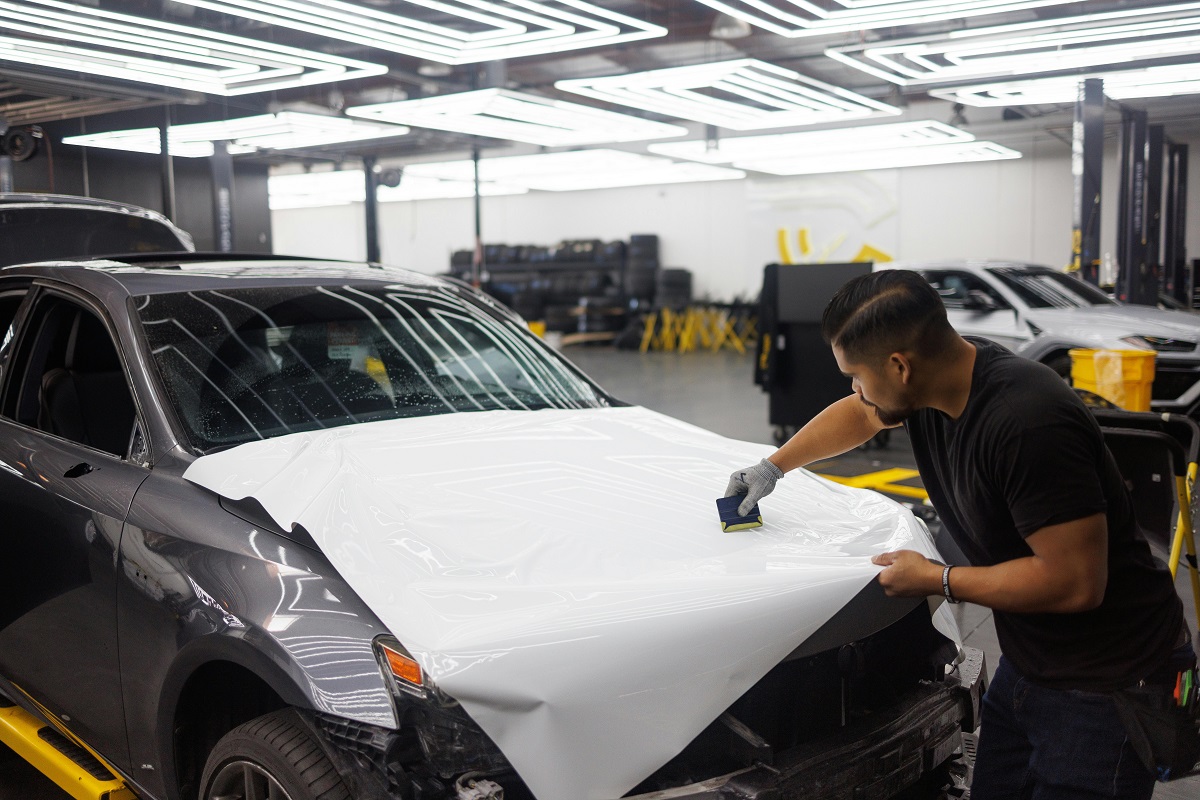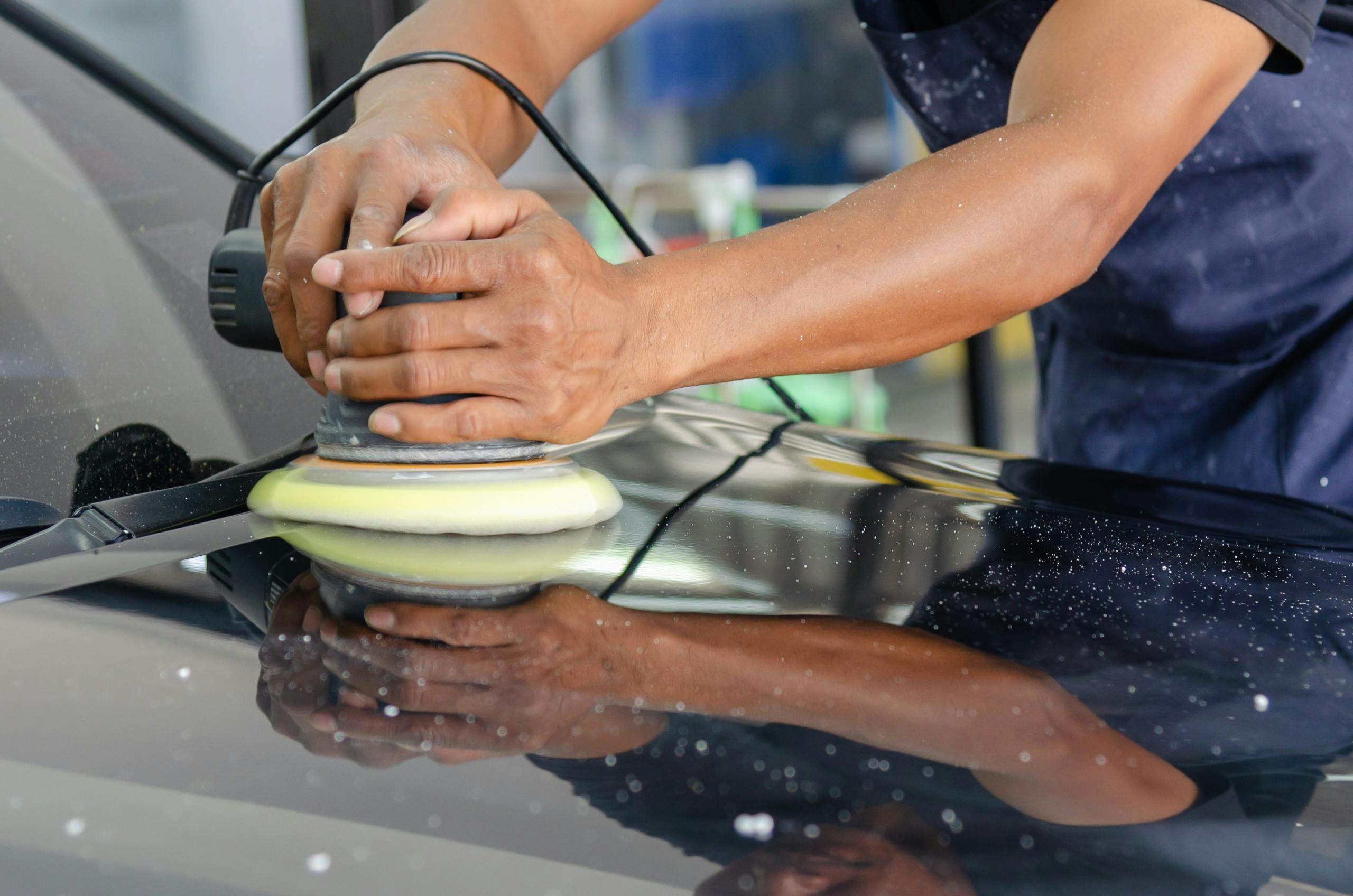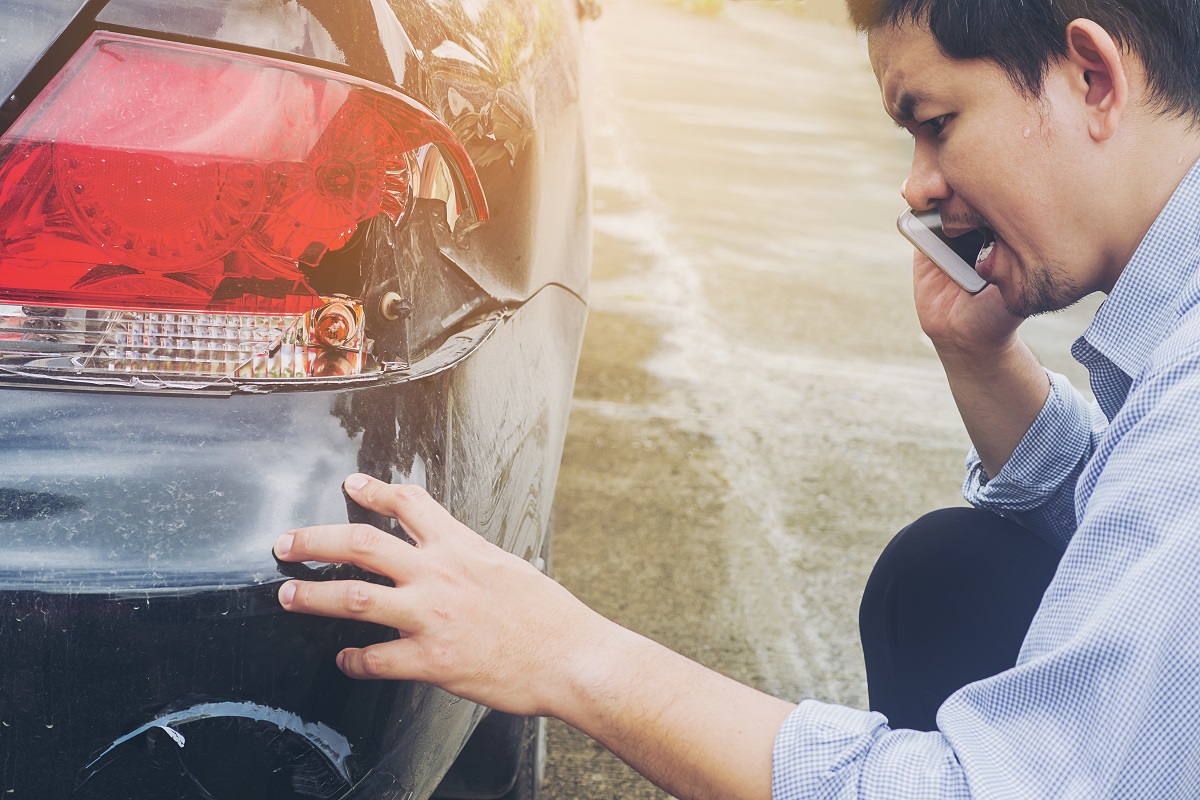How Much Does It Cost to Fix a Dent in a Car? What to Expect from DIY and Body Shops
Dents happen—sometimes it’s a careless driver in a parking lot, other times it’s a simple mistake in your own driveway. No matter how it happened, seeing a dent on your car can be frustrating. Before you rush to a repair shop or start searching for DIY tools, it helps to understand what dent repair typically costs.
Let’s break down how much it costs to fix a dent in a car, comparing do-it-yourself methods with professional body shop services. Whether you’re looking to save money or want flawless results, we’ll help you figure out what to expect—and what makes the most sense for your situation.
What Factors Affect the Cost of Dent Repair?
Before you can get a good price estimate, you’ll need to consider a few key variables. The cost of fixing a dent isn’t one-size-fits-all—it depends on several things:
- Size and depth of the dent – Small dings cost less; deep, stretched dents are more complex and expensive.
- Location on the vehicle – Dents on doors and flat panels are easier (and cheaper) to fix than dents on curves or corners.
- Material of the damaged area – Metal vs. plastic requires different tools and techniques.
- Paint condition – If the paint is cracked or chipped, you may need a repaint or touch-up, adding to the cost.
- Type of repair needed – Paintless dent repair (PDR) is cheaper and faster than full traditional repair with sanding, filler, and repainting.
How Much Does It Cost to Fix a Dent in a Car Professionally?

Getting a professional to handle your car dent can give you the best-looking results—but it comes at a cost. The final price depends on the repair method, size of the dent, and how much paint damage is involved.
1. Paintless Dent Repair (PDR)
This is the go-to method for small to medium-sized dents where the paint is intact. A technician massages the metal back into shape using specialized tools.
Average Cost:
- Small dent: $75–$150
- Medium dent: $150–$300
- Multiple dents or harder-to-reach areas: $300–$500+
Pros:
- Fast (often same-day service)
- No repainting required
- Keeps original paint intact
Cons:
- Doesn’t work on creased dents or where paint is damaged
2. Traditional Auto Body Repair
If the dent is large, deep, or the paint is cracked, you’ll need body filler, sanding, and a paint respray. This process is more time-consuming and costly.
Average Cost:
- Minor dent with paint damage: $300–$600
- Larger or complex dents: $600–$1,500+
- Luxury vehicles or specialty paint jobs: Up to $2,500+
Pros:
- Restores the panel completely
- Can fix severe or stretched dents
Cons:
- Requires more labor and time
- Paint matching can be tricky (especially for older cars)
How Much Does It Cost to Fix a Dent in a Car Yourself?
DIY dent repair can save you serious money—but it also takes time and patience. Many drivers learn how to fix a dent in a car themselves to avoid high shop fees and try their hand at a DIY solution.
1. Plunger Method
Great for small, shallow dents on flat surfaces.
- Tool needed: Cup-style plunger
- Cost: $0 if you already have one (or under $10 to buy)
2. Boiling Water Method (for plastic bumpers)
You pour boiling water over the dent and push it out from behind.
- Tool needed: Pot of boiling water, gloves
- Cost: Essentially free
3. Hair Dryer and Compressed Air Method
A heat-and-cold technique that sometimes helps pop out dents in metal panels.
- Tools needed: Hairdryer and canned air
- Cost: $10–$20 if you don’t already have them
4. Suction Dent Puller
These are available online and offer a bit more grip than a plunger.
- Tool needed: Suction puller
- Cost: $15–$30
5. Paintless Dent Repair (PDR) Kit
These kits include glue pullers, tabs, and other tools to lift dents.
- Tool needed: PDR kit
- Cost: $20–$60
Pros and Cons of DIY Dent Repair
Pros:
- Much cheaper than hiring a pro
- Great for shallow dents and small projects
- Learn a new skill (with a bit of trial and error)
Cons:
- Not effective for large or creased dents
- You might damage the paint if done wrong
- No guarantee it will look perfect
- Requires patience—and a steady hand
DIY vs. Professional Repair: Quick Cost Comparison
| Dent Type | DIY Cost | Pro PDR | Body Shop |
| Small ding (1–2 in.) | $0–$20 | $75–$150 | $300–$500 |
| Medium dent (3–5 in.) | $20–$60 | $150–$300 | $500–$1,000 |
| Deep or creased dent | DIY not recommended | May not qualify | $600–$2,500 |
When Is It Better to Pay for a Professional Dent Repair?

Not all dents are DIY-friendly. Here’s when you should skip the home fixes:
- The paint is cracked or chipped
- The dent is on a crease, edge, or corner
- It’s a lease or resale vehicle where appearance matters
- You’ve tried DIY methods and made no progress
- The dent is too deep or has stretched the metal
A good rule of thumb? If the damage affects resale value, structural integrity, or overall aesthetics, it’s probably worth paying a professional.
Can Insurance Cover the Cost of Dent Repairs?
It depends on your policy. If the dent was caused by an accident, vandalism, or weather event, your comprehensive or collision coverage may help.
Things to keep in mind:
- Deductibles apply—small repairs might not be worth filing
- Too many claims could raise your premiums
- Cosmetic damage isn’t always covered unless it impacts function
Always check with your insurer before making a decision.
Final Tips to Save on Dent Repair Costs
- Compare quotes from different shops before committing
- Ask if the shop offers paintless dent repair first
- For DIY, practice on a junk panel or spare part before trying on your car
- Keep a car cover or park away from tight spots to prevent future dents
What’s the Right Dent Repair Route for You?
So—how much does it cost to fix a dent in a car? The answer really depends. If you’re lucky and the dent is minor, you might be able to fix it yourself for free using basic tools you already have. On the other hand, a deeper dent that involves paint damage or creasing could run you hundreds—or even thousands—at a professional body shop, especially if repainting or panel replacement is required.
If the dent is small, shallow, and the paint is still intact, a DIY approach is definitely worth trying. With a little patience, you might be able to pop it out without spending a dime. For a bit more precision, using a paintless dent repair kit can give you solid results without blowing your budget. But when the damage is deep, along a body line, or involves cracked paint, it’s safer and more effective to get it handled by a pro.
Either way, it’s all about weighing your options. Consider the time and tools required, your comfort level with doing the repair yourself, and the value of a professional finish. Dents are frustrating, sure—but they’re totally fixable when you know what you’re dealing with.
